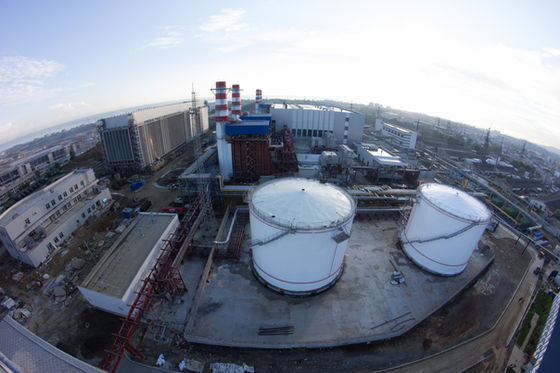top of page
Recent Posts






Filter by Keywords


PFAS Action Act of 2021 and the Clean Air Act
The U.S. House of Representatives passed the PFAS Action Act of 2021 in August, which is now working its way through the United States...


Handling New Chemicals in AP-42’s Storage Tank Emissions Methodology
For many years, storage tank operators relied on USEPA’s TANKS software to estimate storage tank air emissions. As is well documented,...


A “Meaningful” Process Change
You have an air permit to operate equipment at your facility. The equipment has flexibility in terms of what raw materials can be used...


Storage Tank Floating Roof Landing Emissions: Managing and Reducing VOC and HAP Emissions
Today everyone should have an inventory to track emissions such as criteria pollutants, hazardous air pollutants (HAPs) and greenhouse...


Air Toxics Screening Levels and How They Affect the Air Permit Application Process
Did you ever wonder why it seems like it takes so much time getting your air permit back from the state? Cheer up as it’s become much...


Storage Tank Cleaning Emissions – The Next Big Thing
Chemical or petroleum storage in a floating roof tank is the standard way to reduce air emissions. When floating roof tanks are taken out...


AQD Rule 290: Handle with Care
Last summer, we wrote about waivers of approval to begin installing equipment prior to acquiring an air Permit-to-Install (PTI). While...


Proposed Changes to AP-42 to Impact Liquid Storage Tanks
In what will likely have significant impacts on the petroleum industry, the U.S. Environmental Protection Agency (EPA) is proposing...


TANKS 4.09d Emissions Software Issues
TANKS 4.09d has known issues including operating system incompatibilities and erroneous VOC calculations


MDEQ Air Toxics Screening Level Justifications
With the comment period wrapping-up on April 16, 2018, there are five chemicals to be aware of related to air emissions permitting in...
bottom of page

